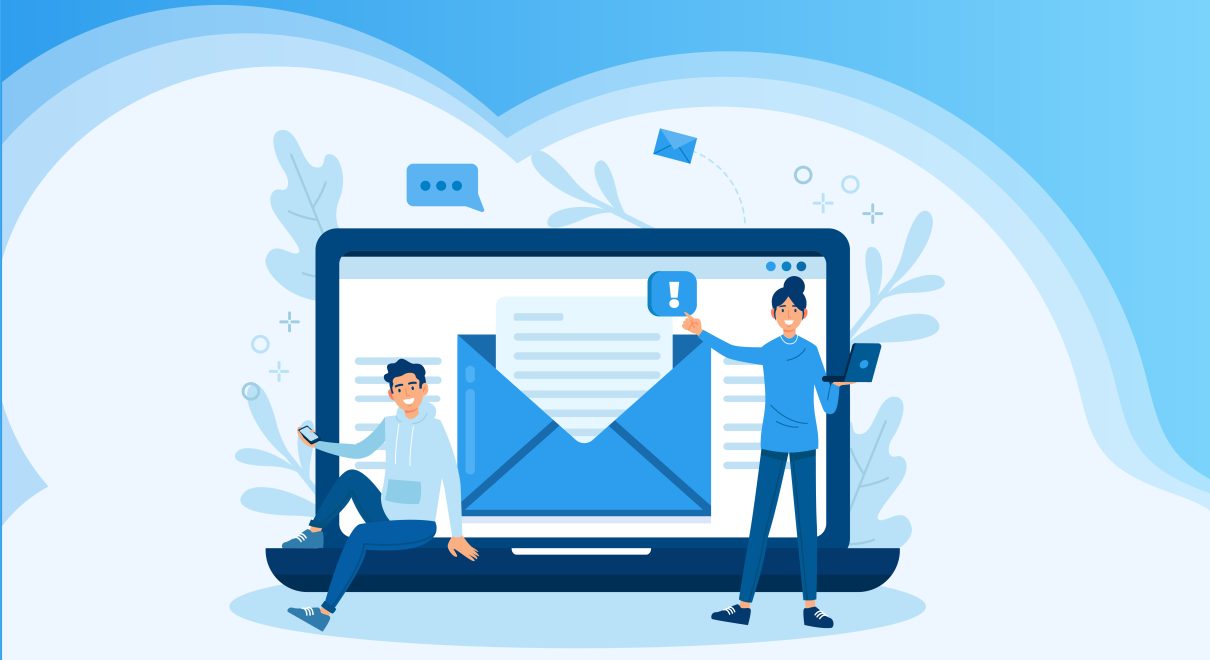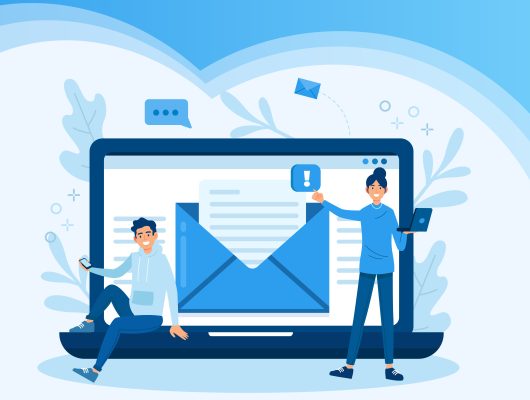1. Define Your Ideal Customer Profile (ICP)
Before diving into lea1. The Importance of Verified Leads for Cold Email Campaigns
Verified leads are the foundation of a successful cold email campaign. If your leads are inaccurate, outdated, or invalid, you risk high bounce rates, low engagement, and a damaged sender reputation. Using verified leads ensures that you are reaching the right people—those who are genuinely interested in your offering, reducing the chances of your emails ending up in spam folders.
By utilizing human-verified data, you ensure that every email you send is delivered to the correct inbox, maximizing your chances of a positive response.
Cold emailing is one of the most effective ways to generate B2B leads, but the key to success lies in the quality of the leads and the way you craft your message. A high-converting cold email campaign can open doors to new opportunities, expand your reach, and boost your sales pipeline. However, to truly maximize your results, you need to focus on using verified leads to ensure higher deliverability, engagement, and conversions.
In this blog, we’ll walk you through the steps to create a high-converting cold email campaign using verified leads, and why accuracy is critical for success
2. Define Your Ideal Customer Profile (ICP)
Before crafting your cold email campaign, it’s important to clearly define your Ideal Customer Profile (ICP). This will help you target the right people and increase your chances of success. Your ICP should include:
- Industry: Which industries are most likely to benefit from your product or service?
- Company Size: Are you targeting small businesses, mid-market companies, or large enterprises?
- Job Titles: Which roles within a company are decision-makers or influencers in purchasing decisions?
- Pain Points: What challenges are these prospects facing that your solution can solve?
With a clear ICP, you can build a targeted prospect list that is tailored to your campaign’s objectives.
3. Use Human-Verified Leads for Better Accuracy
Once you’ve defined your ICP, you can start building your prospect list. But to ensure the highest chances of success, it’s crucial to use human-verified leads. Automated lead scraping tools might provide you with large volumes of data, but they often result in inaccurate or invalid contact information. This can lead to higher bounce rates, a damaged sender reputation, and wasted time.
By using human-researched and verified leads, you ensure that each prospect is a legitimate contact, which boosts your email deliverability and response rates. At Zeron Lead, we specialize in providing highly targeted, human-verified B2B prospect lists that are tailored to your specific ICP and data criteria.
4. Craft a Compelling Subject Line
Your subject line is the first thing a prospect sees, and it can make or break your cold email campaign. A compelling subject line will grab the recipient’s attention and entice them to open the email. Here are a few tips for writing an effective subject line:
- Keep It Short & Sweet: Aim for 6-8 words that clearly communicate the value or purpose of your email.
- Personalize It: Include the recipient’s name or company name to make it more personal.
- Create Curiosity: Give the recipient a reason to open the email, but don’t give everything away.
- Avoid Spammy Words: Words like “free,” “buy now,” and “urgent” can trigger spam filters. Keep it professional and relevant.
A great subject line is your first step in ensuring your cold email gets opened and read.
5. Write a Persuasive and Personalized Email Body
Once your prospect opens your email, the next challenge is to keep them engaged. Personalization and relevance are key to creating a message that resonates with your target audience. Here’s how to write a persuasive email body:
- Personalize the Greeting: Start by addressing the prospect by name. This makes the email feel more personal and less like a mass email.
- State the Problem: Identify a pain point or challenge that your prospect is facing. Show that you understand their needs and demonstrate empathy.
- Offer a Solution: Present your product or service as the solution to the prospect’s problem. Highlight how it can help them achieve their goals or overcome obstacles.
- Use Social Proof: Include testimonials, case studies, or examples of how your solution has helped similar companies. This builds trust and credibility.
- Include a Clear Call to Action (CTA): Be direct and clear about what you want the prospect to do next. Whether it’s scheduling a call, requesting a demo, or signing up for a free trial, your CTA should be easy to understand and actionable.
The more relevant and personalized your email, the higher the chances of getting a response.
6. Follow Up Effectively
Not all prospects will respond to your initial cold email, and that’s okay. The key to a successful cold email campaign is persistence. However, it’s important to follow up strategically—without being too pushy. Here’s how to follow up effectively:
- Wait 3-5 Days: Give your prospect some time to read and respond to your first email before following up.
- Be Polite and Respectful: In your follow-up, acknowledge that they may be busy and gently remind them of the value your solution offers.
- Keep It Short: Your follow-up email should be brief and to the point. Reinforce your initial message without repeating it verbatim.
- Add Value: Include additional information that might interest the prospect, such as a relevant blog post, case study, or customer success story.
- Include a CTA: Just like in your first email, include a clear and actionable CTA.
Following up is crucial to increasing response rates and ensuring that your emails don’t go unnoticed.
7. Test and Optimize Your Cold Email Campaign
Once your campaign is live, it’s important to track its performance and optimize based on the results. Test different subject lines, email copy, CTAs, and follow-up strategies to see what works best for your audience. Tools like A/B testing can help you determine which elements of your campaign drive the highest response rates.
Make sure to monitor key metrics such as:
- Open Rates: How many recipients are opening your emails?
- Click-Through Rates: How many recipients are engaging with the CTA?
- Response Rates: How many recipients are replying to your emails?
By continuously refining and optimizing your cold email campaign, you can improve its effectiveness and achieve better results over time.
8. Ensure Compliance with Email Regulations
When sending cold emails, it’s important to comply with email marketing laws, such as the CAN-SPAM Act in the United States or the GDPR in the European Union. Make sure your emails include a clear opt-out option and that you are only reaching out to prospects who have not opted out of receiving emails from you.
Conclusion
Building a high-converting cold email campaign using verified leads is a powerful strategy to generate B2B sales and grow your business. By targeting the right prospects with personalized, relevant messages, you can improve your email deliverability, engagement rates, and conversions.
At Zeron Lead, we provide human-verified, high-quality B2B leads tailored to your ICP and data criteria, ensuring that your cold email campaigns are more effective and efficient.
Ready to build your next cold email campaign with verified leads? Contact Zeron Lead today to get started!




